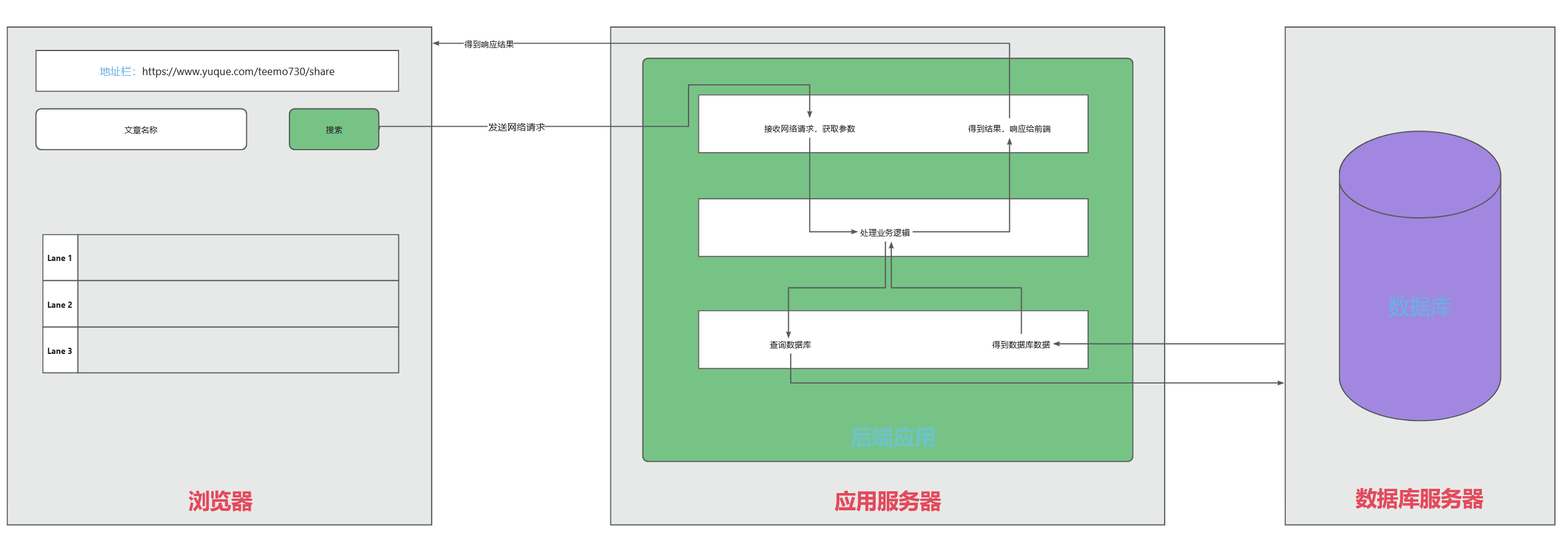Nginx
nginx是高性能HTTP服务器/反向代理服务器及电子邮件(IMAP/POP3)代理服务器。它具有并发处理能力强、内存占用少、运行稳定等特点,并支持跨平台运行,如Linux和Windows。
它能够运行静态网页,包括本博客就是用Nginx运行的。
 image-20251020111026989
image-20251020111026989
安装地址:
https://nginx.org/en/download.html
解压后双击Nginx.exe启动
 image-20251020111725464
image-20251020111725464
html文件夹下放html文件,就可以展示对应界面。
本地预览地址是http://localhost:80/(html文件名)
配置
配置文件在/nginx/conf/nginx.conf
1
2
3
4
5
6
7
8
9
10
11
12
13
14
15
16
17
18
19
20
21
22
23
24
25
26
27
28
29
30
31
32
33
34
35
36
37
38
39
40
41
42
43
44
45
46
47
48
49
50
51
52
53
54
55
56
57
58
59
60
61
62
63
64
65
66
67
68
69
70
71
72
73
74
75
76
77
78
79
80
81
82
83
84
85
86
87
88
89
90
91
92
93
94
95
96
97
98
99
100
101
102
103
104
105
106
107
108
109
110
111
112
113
114
115
116
117
118
119
120
121
122
123
124
125
126
127
128
129
130
131
132
133
134
135
136
137
138
|
worker_processes 1;
events {
worker_connections 1024;
}
http {
include mime.types;
default_type application/octet-stream;
sendfile on;
keepalive_timeout 65;
server {
listen 80;
server_name localhost;
location / {
root html;
index index.html index.htm;
}
error_page 500 502 503 504 /50x.html;
location = /50x.html {
root html;
}
}
}
NGINX
|

